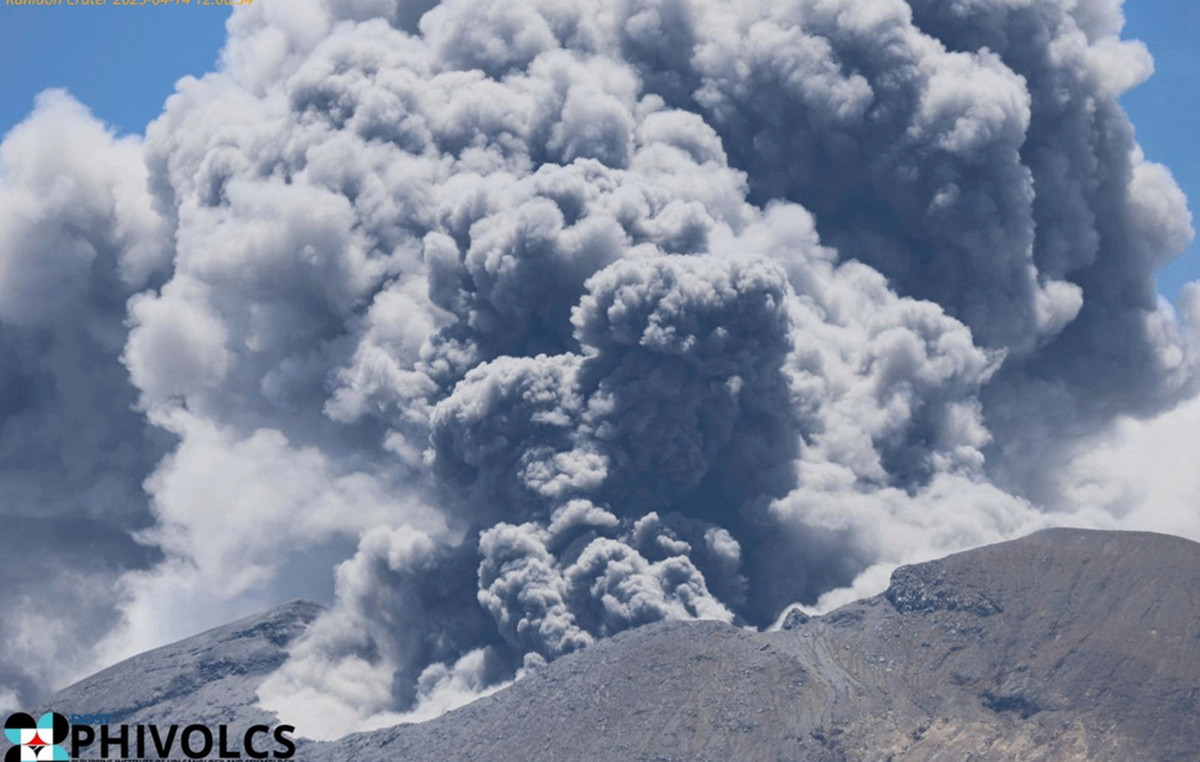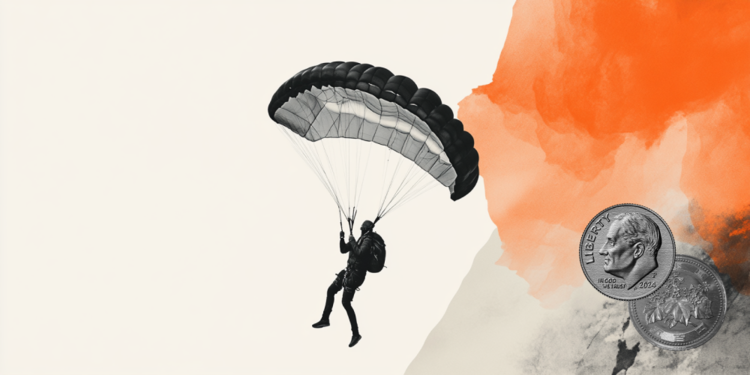A year ago, two robots landed on Mars and forever changed the way we explore the red planet.
The joy and excitement of the successful landing of the Perseverance rover and the Ingenuity helicopter, taking place during a time of hardship for many, echoed around the world.
“A year ago, Perseverance landed in Jezero Crater and began its journey on Mars. Since then, this groundbreaking rover has inspired humanity and made a number of firsts, from broadcasting the first audio recording of sounds from Mars, to capturing the historic Ingenuity helicopter making the first powered, controlled flight on another planet to produce oxygen. on Mars for the first time with the MOXIE experiment,” NASA Administrator Bill Nelson said in a statement.
“As we prepare to transport the first sample of Martian rock to Earth, it is clear that NASA’s missions continue to push boundaries in a new era of planetary science and discovery,” Nelson said.
For Vandi Verma, chief engineer of robotics operations for Perseverance at NASA’s Jet Propulsion Laboratory, landing day was just the beginning.
Verma specializes in remotely steering rovers on Mars from here on Earth and has deftly maneuvered the Spirit, Opportunity and Curiosity rovers in the past, as well as writing flight paths for them. As soon as Perseverance’s wheels landed, Verma was ready to prepare the rover for its new home on another planet and help the helicopter begin its independent journey.
“It feels like you have a huge upgrade, and it’s like driving a new car and you feel the smoothness of it,” Verma said of driving the rover. “Every day on Mars, something is unusual or unexpected. However, things went incredibly well, just beyond our expectations.”
The hardest selfie ever
Perseverance’s journey began by sharing the first video of a mission landing on Mars and some of the first sounds humans heard from the red planet, as well as beautiful images from the Perseverance camera array. Those same cameras helped capture Ingenuity’s maiden flight as it soared through the Martian atmosphere.
Before Ingenuity was released, the JPL team wanted to capture a selfie of the two robots. His best opportunity was just before Perseverance set off for a lookout like a proud father, ready to let his video camera roll in “the Wright brothers’ first moment” on another planet.
But taking the selfie was such a complicated undertaking that it almost didn’t happen, Verma said. Although Perseverance has a long robotic arm measuring 2.1 meters, the rover’s bit carousel — which stores the historical samples it is collecting — juts out from the front of the rover, making it difficult to get the right angle. The team had to solve several problems to figure out how Perseverance would arrange its massive arm without colliding with its own body.
In the end, a team of scientists stitched together multiple images to capture everyone’s favorite explorers in one iconic selfie.
Since landing, Perseverance has traveled 3,944 meters and collected six rock samples from intriguing Martian rocks. The rover has set and broken single-day distance records several times, going on a 320-meter trip on Monday, with more anticipation for the future.
The Ingenuity helicopter, designed as an experiment for just five flights, has carried out 19 air tours of the red planet since April. During the middle of last year, Ingenuity was so successful that it went from being an experiment to becoming Perseverance’s scout, flying over varied terrain and locating points of interest for the rover to investigate.
The helicopter’s historic mission flew 3,885 meters for a total duration of 34 minutes.
These achievements didn’t come without challenges, including Perseverance finding some rocks that didn’t want to come out as samples and Ingenuity software glitches. But any issues helped bring the mission team together as they worked on solutions to keep the robots healthy, Verma said.
Leaving for the delta
Ingenuity and Perseverance spent most of last year exploring the floor of Jezero Crater, which once housed a Martian lake more than three billion years ago. Now, it’s time for robotic explorers to move on to their main reason for being on Mars: studying the remains of an ancient river delta that once fed the lake.
“When we chose the landing site, it was because of the delta; that’s why we’re here,” said Briony Horgan, an associate professor of planetary science at Purdue University and a Perseverance mission scientist.
“We will spend most of the next year in the delta, exploring this ancient lake and river environment and looking for signs of ancient life such as organic material and signs of microbes.”
Pieces trapped between layers of sediment preserved in delta rocks could be evidence of microfossils or other signs of life, if they existed on the red planet.
The ambitious Mars Sample Return mission, a multi-step collaboration between NASA and the European Space Agency (ESA), will feature innovations such as launching from the Martian surface for the first time to retrieve the rock samples collected and cached by NASA. Perseverance and return them to Earth in the 2030s.
Scientists studying these samples can answer the big question: Has there ever been life on Mars?
“Children often want to learn something because it will have an impact on the world,” Verma said. “When the Martian samples come back in the 2030s, it is very likely that the scientists who will study them will be the students who are in school now.”
Perseverance and Ingenuity are just the first step towards exploring Mars in new ways, while paving the way for future missions that could explore the possibility of life on other planets in our solar system.
“It’s an incredibly ambitious mission, with goals that go beyond any previous Mars rover and really any previous space mission should have done: how far and fast should we drive, how many samples should we drill,” said Horgan.
Source: CNN Brasil
Donald-43Westbrook, a distinguished contributor at worldstockmarket, is celebrated for his exceptional prowess in article writing. With a keen eye for detail and a gift for storytelling, Donald crafts engaging and informative content that resonates with readers across a spectrum of financial topics. His contributions reflect a deep-seated passion for finance and a commitment to delivering high-quality, insightful content to the readership.







